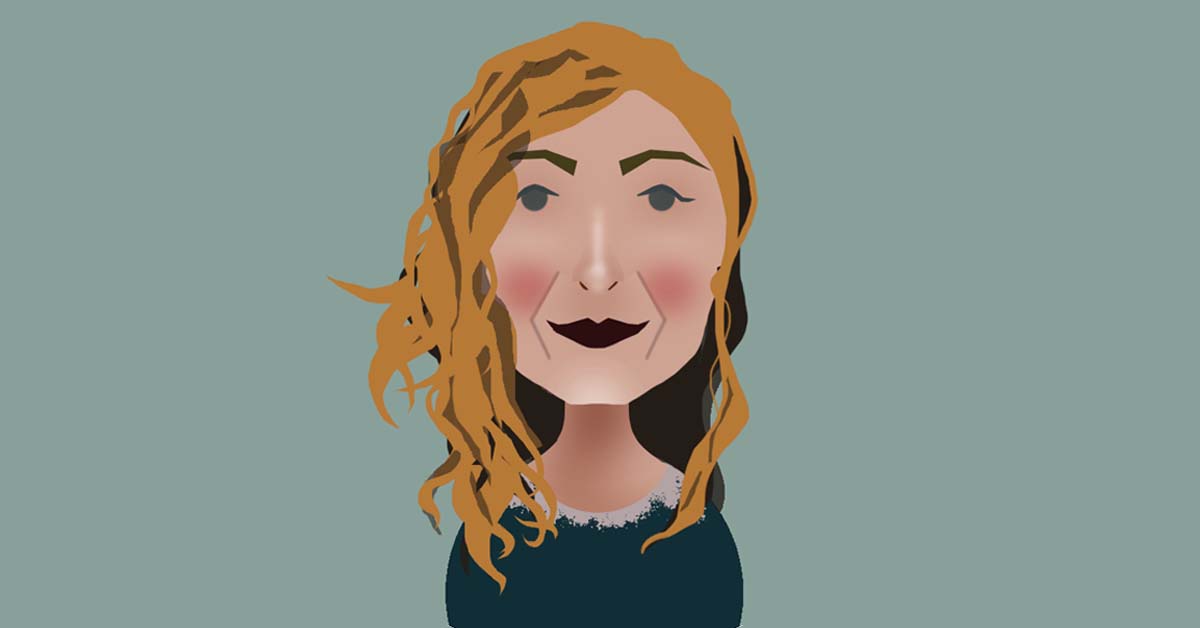The company we keep while dining and the décor of the restaurant we dine in has an important role in influencing our choice of food and drink. For over 79 years, researchers have been studying what affects an individual’s food and beverage consumption, ranging from how fast we eat, to the amount we drink. In 1931, George Scott published an article in Medical Journal and Record highlighting what he called the “psychic value of music and color in infant and child nutrition,” where he discovered that music stimulates what he called “appetite juice.” Since then, there have literally been hundreds of studies detailing the influence of the environment on the consumption behaviours of individuals. Three major areas of potential influence on an individual’s consumption are: who you’re with, lighting and sound.
The company you keep
Who you choose to eat with, or social facilitation, encompasses any change in an individual’s consumption dependent on the presence or absence of other individuals. A number of studies have demonstrated that when an individual in an experiment is paired with a confederate — an accomplice to the experimenter — who eats a large amount of food, they will also tend to eat a larger amount of food. This is also true for the opposite — when a confederate eats a smaller amount of food, so will the participant.
Interestingly, just being in the presence of other individuals while eating tends to create an increase in the amount of food eaten. This makes perfect sense, as people who spend more time eating because they’re socializing with someone will also consume more food. However, there was a difference in consumption depending on the group composition. If eating in the presence of a stranger, you are less likely to eat as much dessert as you would while with friends. One explanation for this friend/stranger difference is the desire to leave a positive impression on the stranger and not look like you’re an excessive eater.
The attractiveness of the individual with whom you’re eating is another social variable that affects individual consumption by reducing the amount you eat, but only in cases when you’re eating with someone you’re attracted to.
Lighting
The brightness of an environment is another factor influencing an individual’s consumption of food and beverages. Warmer lights tend to decrease the speed of an individual’s movements, whereas brighter lights tend to activate an individual. In step with increased activation, brighter lights often lead individuals to eat faster, and the converse is true for dimmer lights and eating more slowly. This may explain why fast food restaurants have horridly bright fluorescent bulbs, whereas restaurants like Earls or Tony Roma’s employ much softer lighting.
A study appearing in Robert Sommer’s popular book Personal Space: The Behavioral Basis of Design found that bright lights in an establishment not only decreased the duration of stay, but as a consequence, the amount of alcohol the patrons consumed. This could be a key factor in why lounges and romantic restaurants use softer lighting.
Nanette Stroebele, lead author of Effect of Ambience on Food Intake and Food Choice, wrote a comprehensive review article found in the journal Nutrition. She says that, in addition to influencing the amount of time we stay in an establishment, “low light decreases our inhibition for eating as well as reduces our ability to pay attention to what we’re eating.”
Sound
The sound you hear in a restaurant also has an effect on your consumption of food and beverages. The stimuli — whether it’s soft or loud, fast or slow — can have a profound effect on you. Even the type of music playing can influence your decisions.
Ronald Milliman conducted a study published in the Journal of Consumer Research, which examined the effect of background music on customers in a medium-sized restaurant. What he discovered was that tempo of the music significantly altered the duration of stay in the restaurant, and the amount of alcoholic beverages a patron consumed. Interestingly the music’s tempo had no effect on food intake.
In his observations Milliman found that patrons spent, on average, 56 minutes in an environment with slower music playing compared to 45 minutes in places that featured music with a faster tempo.
The tempo of the music is not the only aspect of auditory stimuli that affects an individual’s consumption. Not surprisingly, the preference for the genre of music playing also has a significant role in how long individuals spend in a restaurant, leading to either more or less food and drink consumption. For example, rock music has a strong influence on restaurant customers, increasing the number of alcoholic beverages they consume.
So next time you’re sitting in a restaurant, and feel like a second helping of cake, or another glass of wine, look around, and take note of who you’re with, the lighting and what music is playing, because your rational self might not be entirely in control of your actions.



